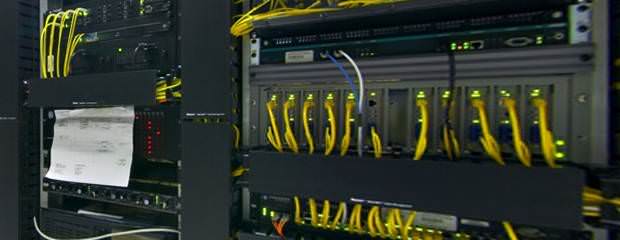
It's elementary with this Watson!
Sherlock Holmes solved his cases by throwing weird questions at his loyal doctor-narrator-friend, Watson. Shortly, doctors too may have their own smart-thinking Watson to crack tough medical puzzles. IBM has named its new and about-to-debut wiz kid afterwards its founder Thomas J.Watson. Here, it says, is a supercomputer that ‘speaks' the same complex language that we do. Feed it a difficult medical case report where you cannot figure out the illness and Watson can do what maybe no other computing system has come close to: in three seconds, it can tell you specifically what ails the person.
SBU to commercialise Watson
IBM has an SBU to commercialise Watson; the process has to all appearances just begun. India, with its record growth in the healthcare industry, is very much on the radar. Dr Gupta said, “It is too early to say. In the at once 12-24 months we should begin to see some systems with these capabilities.” Discussions are as well on with “a few significant players in the eco-system”, and for business models and innovations that can go into it. The at once ones to be plugging into Watson could be help desks, customer service people, the financial world including banks and stock markets and even the legal field.
Meanwhile, the system is getting enhanced into an interactive one which comes back with its own doubts or seeks more inputs. Speech-based solutions are being added through a tie-up with Nuance Communications. On September 12, IBM named WellPoint, Inc. as a partner who would create the first commercial applications of Watson by early 2012. Big Blue is as well working with experts from Columbia University Medical Center and the University of Maryland School of Medicine.
IBM, Dr Gupta said, envisages Watson to be in the back-end, in the cloud. The hospital or clinic subscribes to it. In difficult cases, the doctor discreetly ‘consults' Watson via a mobile device like a smart phone or laptop, feeding in the patient's ID or RFID and getting disease options and recommendations. Doctors in the US have validated it. As for the cost borne by the patient, Dr Gupta said it would come down with the application of information innovation. You wouldn't do redundant tests; the doctor gets a single view of patient records, in his view.
It took 25 IBM scientists four years to ready Watson. For the fact freaks, Watson is powered by 10 racks of IBM POWER7 servers running Linux. It uses 15 terabytes of RAM, 2880 processor cores and can work at 80 teraflops or 80 trillion operations a second. It is not connected to the Internet and goes beyond a routine question-answer machine even as it combines IBM's Deep Question Answering, Natural Language Processing and Machine Learning technologies, according to IBM.
“We in the end see medical care evolving into a system where doctors increasingly use analytics. Already there is a plethora of tools, imaging or ultrasound machines that doctors use today.” But, the very first step, Dr Gupta conceded, was for hospitals to digitise patient records to be fed to the computing system. Many hospitals are not ready for this.
“Customers in India are very discerning; they adopt innovation very rapidly, as we have seen happen in the telecom industry,” Mr Gupta said. “We leapfrogged the West in many aspects of how we leverage innovation, more by the sheer scale. I would not be surprised to see some leapfrogging with this too.”
Keywords: IBM, supercomputer, patient symptoms, diagnosis, patients, Thomas J. Watson, medical care innovation, medical technology, IBM Watson
- · Rackspace debuts OpenStack cloud servers
- · America's broadband adoption challenges
- · EPAM Systems Leverages the Cloud to Enhance Its Global Delivery Model With Nimbula Director
- · Telcom & Data intros emergency VOIP phones
- · Lorton Data Announces Partnership with Krengeltech Through A-Qua⢠Integration into DocuMailer
